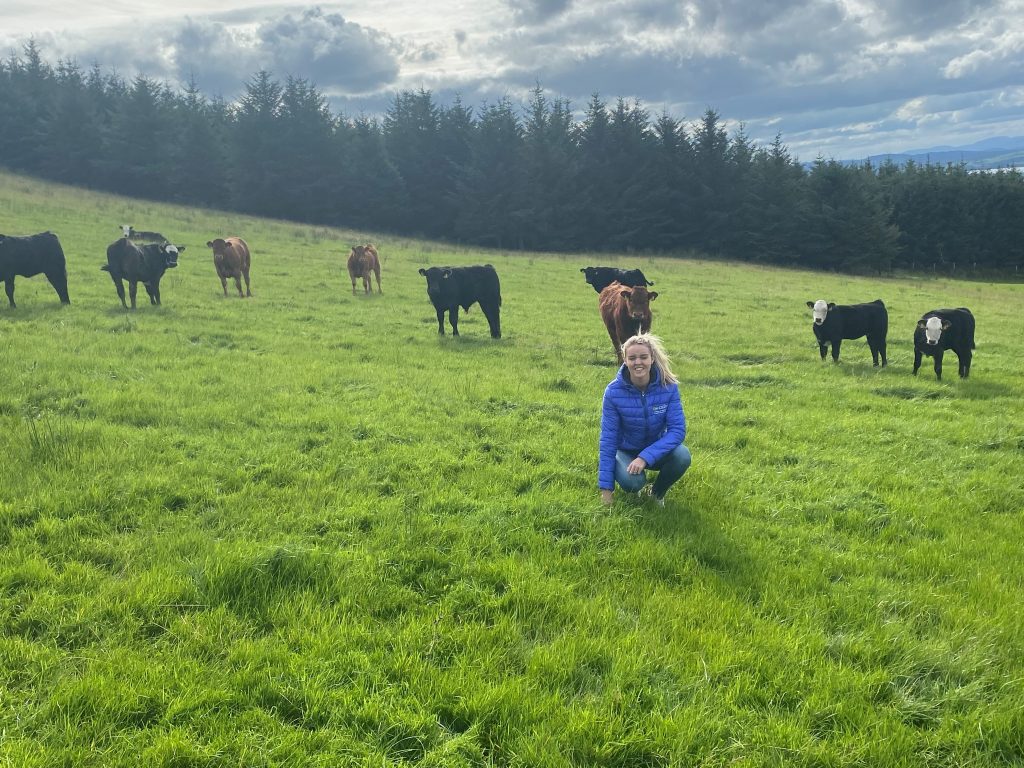Managing suckler calves at weaning
September 3, 2020
As we approach the back end of the grazing season on suckler farms, weaning of calves will soon become top priority.
Your method of weaning calves will generally depend on your farming system and the time of year you calve the majority of your herd. Regardless of your system, all efforts must be made to reduce stress on both mother and calf at weaning.
A slight setback in calf performance may be expected around weaning but the severity of any decline in performance can be greatly offset by good management. Weaning should be gradual and never abrupt. The use of creep gates for forward grazing or introducing meal by creep feeding will help to break the bond between cow and calf prior to weaning. If cattle are housed at weaning, a creep gate on the slats with meal fed in the pen next door will have the same effect.

Calf health is of great importance prior to weaning as winter housing will shortly follow. Stomach and lungworm burdens should be carefully managed while calves are still at grass to ensure they are not compromised and more susceptible to pneumonia when housed.
Weanling pneumonia is the greatest risk to the success of the weaned calf. Reducing stress during weaning, avoiding abrupt removal of the mother and ensuring lungs and overall calf health is well managed will reduce the risk of infection spreading in the house.
Remember to keep an eye on cows post weaning also, most notably in poor weather. Grass tetany poses a risk at the back end of the year particularly in high rainfall and the stress of calf removal can bring the onset of staggers. Mastitis may also be an issue and tighter grazing or the introduction of straw in the diet may be required as cows transition to the dry period.
Environmental factors such as cleanliness of slatted sheds and ventilation where calves are housed will greatly help reduce the risk of infection building up post weaning. Adequate feed space and a fresh water supply are simple but highly effective factors of the calf’s environment which will allow it to thrive through the winter.
Analysing your silage quality is a worthwhile exercise as we face into winter feeding. If you are a member of a CAFRE Business Development Group contact your local adviser to have your silage tested and allocate the highest quality forage available on farm to youngstock to drive gain through the winter and reduce reliance on concentrate.
